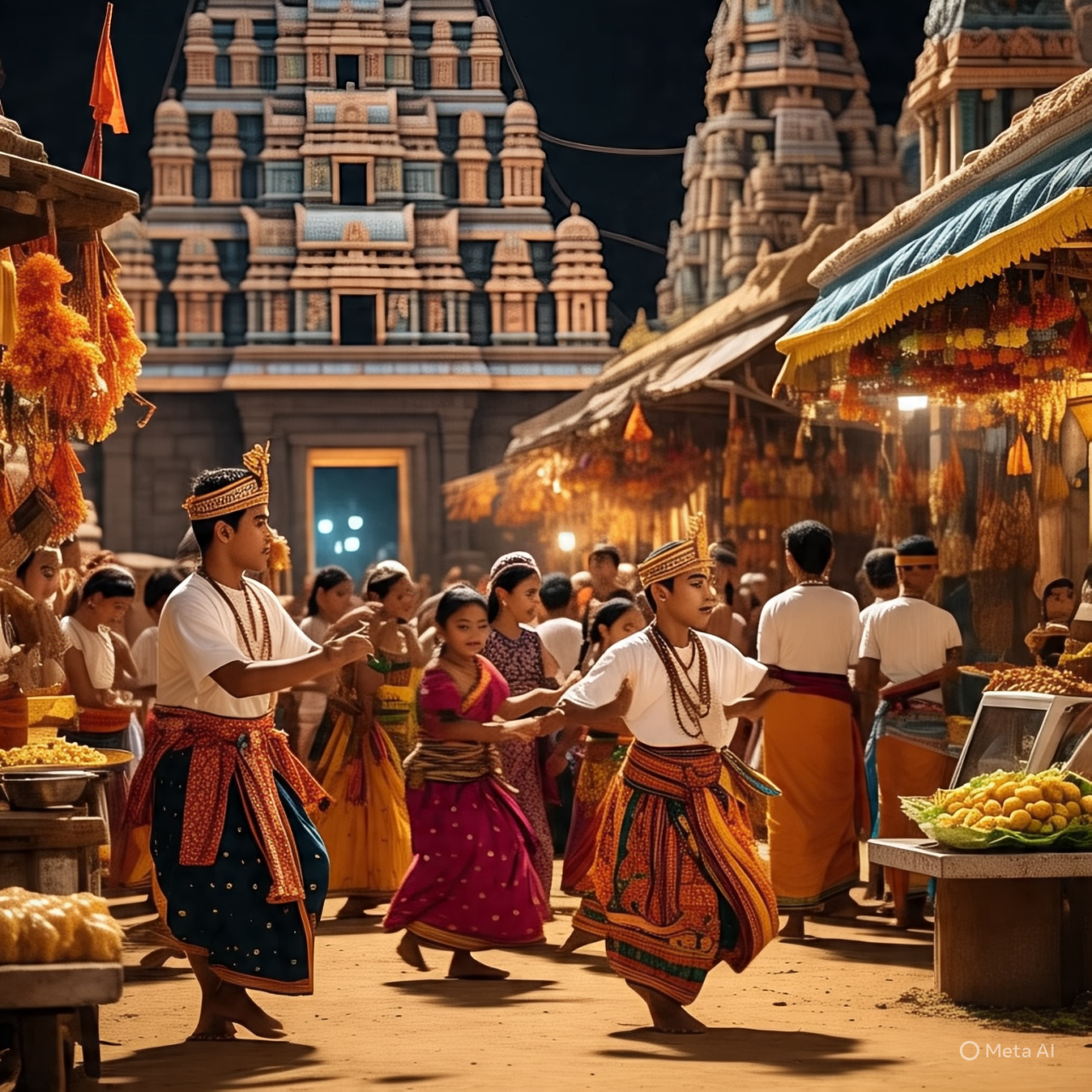In a world growing ever more connected, certain words stand as living bridges between the past and present, tradition and modernity. One such word is giniä—a term that resonates with deep cultural roots, storied heritage, and evolving relevance. While unfamiliar to many, giniä carries within it a vibrant narrative that weaves through ancient rituals, family customs, and festive gatherings.
Let us take you on an immersive journey through the origins, uses, and meanings of giniä across different societies. You’ll see how a single term can embody centuries of human expression and connection.
What Is Giniä?
Understanding the Term
The word giniä is not bound to a single culture, region, or definition. Depending on the context, it may represent:
- A traditional dish prepared during seasonal festivals
- A ceremonial object passed down through generations
- A communal ritual or gathering rooted in ancestry
- A symbol of fertility, abundance, or renewal
What unites these meanings is the essence of giniä as something shared—a practice or item that brings people together.
Linguistic Roots and Etymology
The origins of giniä can be traced to multiple languages and dialects. Linguists suggest that the term may have proto-Indo-European roots, indicating it could have developed from ancient agrarian communities that valued cyclical ceremonies and fertility symbols.
Over time, regional interpretations emerged, each adding a unique flavor to the meaning of giniä.
The Cultural Dimensions of Giniä
Giniä in African Heritage
In several West African cultures, giniä is linked to rituals honoring ancestors. It may involve pouring libations, drumming, or sharing communal food prepared according to sacred recipes. During such events, giniä acts as a medium that honors the past while guiding the future.
Giniä in Eastern European Traditions
In parts of Eastern Europe, giniä refers to a seasonal pastry or drink associated with the harvest season or winter solstice. Families come together to prepare and enjoy giniä, strengthening familial ties and honoring agricultural cycles.
Often passed down through generations, the preparation of giniä becomes a shared act of love and remembrance.
Giniä in Indigenous Practices
Some Indigenous North and South American tribes use a concept similar to giniä to refer to sacred tools or objects used in ceremonies. These are not mere artifacts; they’re imbued with ancestral spirits and meanings. To participate in a giniä ritual is to engage with one’s full spiritual and cultural identity.
Giniä as a Symbol of Community
Bringing People Together
One of the most powerful aspects of giniä is its ability to connect individuals across generations and backgrounds. Whether it is through preparing food, dancing, storytelling, or crafting sacred objects, the experience of giniä nurtures community bonds.
Generational Knowledge Transfer
Much like folklore, giniä often includes unspoken rules, instructions, or myths that elders pass down. These unwritten traditions provide both a roadmap and an emotional connection for the younger generation.
Modern Interpretations and Revivals
Giniä in Urban Celebrations
As global populations shift to urban centers, giniä continues to adapt. Community centers, diaspora groups, and cultural festivals incorporate giniä elements into their events. These modern adaptations ensure that even city dwellers can stay connected to their roots.
Some examples include:
- Pop-up heritage kitchens cooking traditional giniä dishes
- Cultural workshops teaching the making of giniä symbols or garments
- Storytelling circles focused on oral histories around giniä
Giniä in Social Media and Pop Culture
Thanks to platforms like Instagram and TikTok, younger generations are rediscovering giniä. Short videos showcasing ancient recipes, traditional attire, or spiritual dances labeled under #giniä help preserve and promote these traditions in a way that’s both accessible and dynamic.
This digital preservation is a testament to how old traditions can find new life in the modern world.
The Philosophical Meaning of Giniä
More Than Just a Word
The philosophy behind giniä often touches on concepts like:
- Harmony with nature: Many rituals involve natural materials like wood, water, grain, or fire.
- Respect for ancestors: Whether through name invocation or symbolic gestures, giniä bridges the temporal divide.
- Celebration of cycles: Be it life, harvest, or seasons, giniä rituals honor cycles that sustain humanity.
Personal Identity and Collective Memory
Engaging with giniä isn’t just about community; it’s about identity. For many, participation in giniä solidifies a personal sense of belonging and connects them to a shared historical memory.
Giniä in the Global Context
Cross-Cultural Parallels
Though giniä may be unique in its origin, its core principles echo other traditions across the globe:
- Japan: The tea ceremony, or chanoyu, shares giniä’s reverence for ritual and community.
- India: Festivities like Pongal or Holi contain similar themes of fertility, renewal, and shared joy.
- Celtic Lands: Beltane and Samhain feature symbolic practices that align closely with the giniä philosophy.
This illustrates that giniä, in its many forms, represents a universal human impulse—to come together, remember, and celebrate.
The Future of Giniä
Preservation Efforts
Museums, universities, and cultural institutions are beginning to document giniä traditions through:
- Oral history projects
- Ethnographic films
- Community archives
These initiatives aim to safeguard giniä from the erosive effects of globalization and homogenization.
Passing It On
The most vital preservation method is still human connection. By teaching children and inviting friends to participate in giniä, communities ensure that it remains a living, breathing part of everyday life.
Key Takeaways
- Giniä is a multifaceted term with deep cultural, historical, and communal meanings.
- It represents everything from sacred rituals to seasonal foods and traditional objects.
- Across the world, variations of giniä connect people to their heritage, ancestors, and each other.
- Modern adaptations and digital platforms have revived interest in giniä, especially among younger generations.
- Ultimately, giniä is more than a word—it’s a celebration of identity and belonging.
FAQs About Giniä
What is the exact meaning of “giniä”?
“Giniä” can refer to various cultural traditions, objects, or practices. Its exact meaning varies depending on the cultural context but always revolves around community, tradition, and identity.
Is giniä a real word or invented?
While not widely known in mainstream media, giniä is based on authentic cultural terms and interpretations found in different societies. It is a real word in traditional usage, though it may appear unfamiliar due to its specific cultural roots.
How is giniä used today?
Today, giniä is used in modern cultural festivals, family rituals, and even social media content that revives ancient traditions. Its relevance has expanded from rural rituals to urban cultural expressions.
Is giniä related to food or festivals?
In many cultures, giniä includes food as a central part of its tradition—especially during harvests, religious celebrations, or seasonal gatherings. However, it can also refer to objects, dances, garments, or ceremonies.
How can I participate in a giniä tradition?
The best way to experience giniä is through community involvement. Attend local cultural events, ask elders about family traditions, or take part in workshops that focus on heritage and storytelling.
Final Thought:
Giniä is a reminder that even in our fast-paced world, tradition still holds immense value. Through it, we remember who we are, where we come from, and the ties that bind us together.



